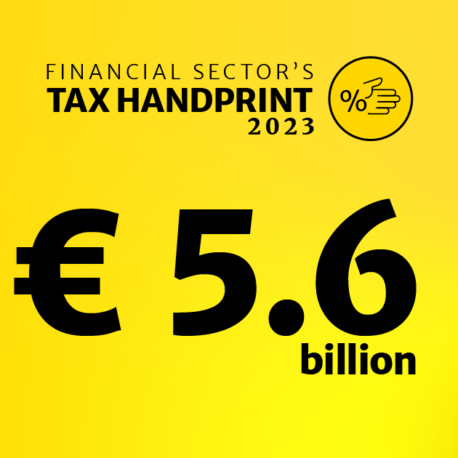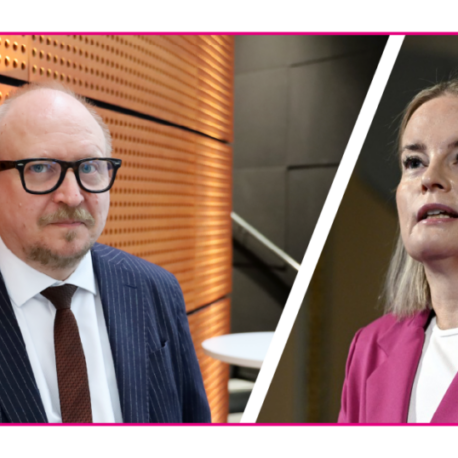
- The FASTER Directive is aimed at harmonising and improving the efficiency of withholding tax relief procedures within the EU and preventing the abuse of tax relief.
- More efficient levying of withholding taxes would make work easier for investors, national tax administrations and certified financial intermediaries.
- The Directive is a part of the Capital Markets Union action plan. It is aimed at attracting more cross-border investments into the EU.
- Member states are required to transpose the Directive into national law by 31 December 2028. National rules will have to become applicable from 1 January 2030.
- The FASTER Directive is genuinely necessary. However, if the harmonisation of withholding tax procedures is inadequate, there is the risk that the final framework becomes needlessly complex, administratively cumbersome and fragmented.
The EU Capital Markets Union (CMU) action plan includes several legislative projects which are aimed at harmonising capital markets regulation, attracting private investment from outside the EU and enhancing the use of the EU’s investment potential. The Faster and Safer Tax Relief of Excess Withholding Taxes (FASTER) Directive’s harmonisation of withholding tax procedures is intended to streamline the operation of the CMU.
FASTER seeks to enhance and simplify EU withholding tax procedures for cross-border investors, national tax administrations and certified financial intermediaries, such as custodian banks and investment firms. The Directive applies to dividends paid out on publicly traded shares and to interest paid out on bond holdings.
Dividends are taxed by both the source country and the residence country of the dividend recipient. Withholding tax is levied by the source country. Treaties for the avoidance of double taxation may provide for much lower rates or eliminate them completely, but the investor usually needs to submit a request for the tax refund afterwards. Finland is one of the few countries that eliminate double taxation directly at source.
“In most EU member states, the withholding tax relief process is complicated, expensive and time-consuming, and nearly 70 per cent of retail investors choose not to submit a relief request”, explains Finance Finland’s Head of Tax Regulation Marja Blomqvist.
Blomqvist adds that withholding tax procedures have been subject to extensive tax abuse in several countries.
“Harmonising and streamlining withholding tax returns and preventing their abuse are supportable objectives. However, unless reporting and other relevant areas are adequately harmonised, the Directive is at risk of becoming too complex. This may unnecessarily increase the administrative burden of market participants”, Blomqvist argues.
The European Council reached an agreement on the Directive in May. The Directive will enter the consideration of the Parliament by January 2025. The Commission is currently preparing lower-level implementation provisions.
Much hinges on the practical implementation
One of the Directive’s potential stumbling blocks is reporting. The Directive requires custodians to report dividends within the second month following the month of the payment date. Whether this change ends up increasing or reducing bureaucracy in reporting depends on the practical implementation.
“Full harmonisation of reporting would be vital. Because dividends must be reported in the home country of the company that issues them, each custodian organisation is required to report data to several countries. Having harmonised reporting systems would be of essential help”, says Blomqvist.
The FASTER Directive also includes an EU-wide digital tax residence certificate (eTRC). At the moment, the certificate leaves many questions unanswered.
“How are documents delivered to the custodian? Could the custodian fetch and renew the residence certificates in a centralised manner? How much will having an eCRT benefit investors, when they must continue to deliver all other documents to the custodian in the same way as before?” asks Blomqvist.
According to Blomqvist, there is a risk that lacklustre implementation of the Directive could even impair rather than improve withholding tax procedures and thus make cross-border investment into the EU more difficult.
One of the FASTER Directive’s key principles is that withholding tax relief procedures are not harmonised at Union level: instead, member states can choose between a relief-at-source system and a quick refund system, in which the excessive withholding tax is refunded to the investor afterwards.
“Finland has applied the at-source procedure as a rule for a long time already. It would be the best option to choose in the Directive as well”, Blomqvist concludes.
Looking for more?
Other articles on the topic

Financial sector’s VAT treatment needs an overhaul, but the Finnish pension system must not be hampered with added tax burden

The Nordic financial sector calls for harmonised implementation of the FASTER Directive

Income taxes paid by financial sector companies grew to €1.3 billion in 2023, and the sector’s total tax handprint of €5.6 billion would cover Finland’s military expenditure – OP Financial Group and Nordea the two largest taxpayers in Finland

Finance Finland proposes ways to increase economic growth and tax revenue: Finnish law must provide for retail ELTIFs


